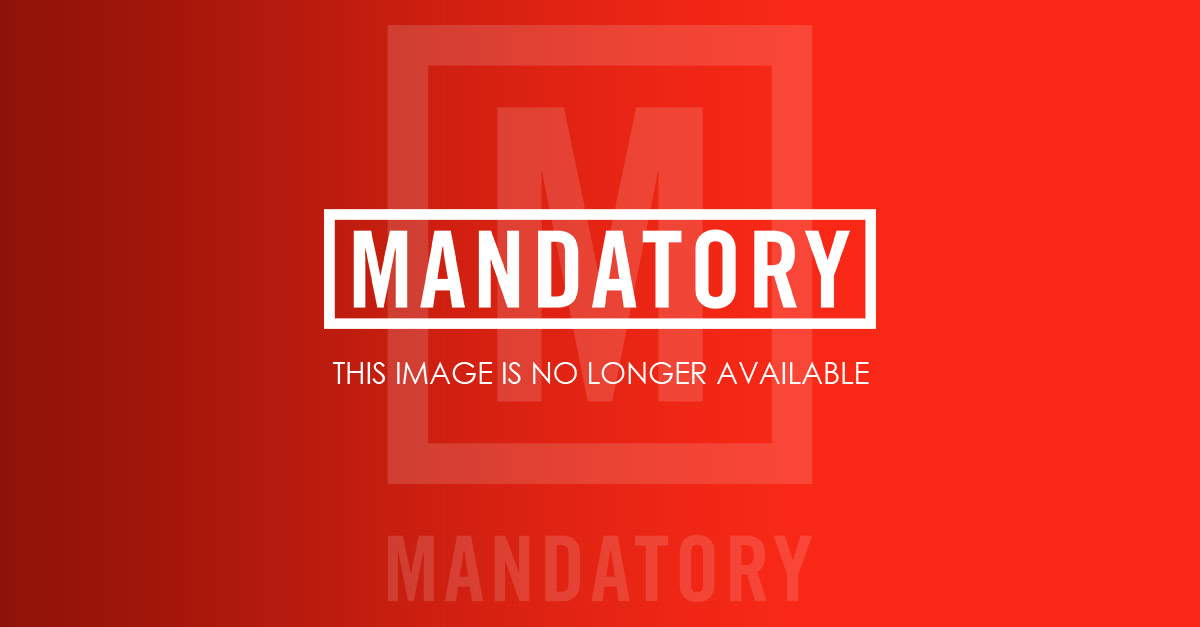Artwork: Keith Haring (1958-1990). Ignorance = Fear, Silence = Death, Fight Aids Act Up, New York, USA, 1989. Offset lithograph, 61,1 x 109,5 cm. © Keith Haring Foundation.
Keith Haring (1958-1990) was more than a Pop artist—he was a populist. He made his name in 1980 when he went underground, descending to the subterranean level that New Yorkers know all too well: the subway platform. It was here that Haring set to work, creating a series of white chalk drawings on black paper that had been placed over unrented advertising spaces.
Also: The Work of Rex Ray Shines in “We Are All Made of Light”
These works, known collectively as Subway Drawings, were an instant hit among people from all walks of life. Because they were made in chalk, rather than marker and spray paint, and depicted recognizable figures rather than hard-to-read graffiti tags, they instantly caught on with people who found the Wild Style of the times simply too taxing to their nervous system.

Keith Haring (1958-1990). American Music Festival – New York City Ballet, 1988. Silk-screen print. © Keith Haring Foundation.
He softened the punch that graffiti aimed at one and all, and in doing so he was well-received by the art world and the mainstream. But Haring was no punk; he had a message and a style all his one, one that he quickly honed into an industry. In 1982, he began producing posters, one of the most democratic forms of visual culture at the time with its ability to use the systems of mechanical reproduction to distribute reproductions at an affordable price.
Haring seized these opportunities to spread the word, to use the highly popular mode of poster art to reach the broadest audience possible. Of the approximately 100 posters he made during his life, less than 20% were for his shows; instead he focused his efforts on collaborating with like-minded organizations and companies to bring their message to life in a way that was emblematic of the 1980s: bold graphics, bright colors, and good vibes.

In celebration, The Museum Fur Kunst Und Gewerbe Hamburg in Germany is now showing Keith Haring: Posters, the full collection of works, now through November 5, 2017. In conjunction with the exhibition, Prestel will publish the catalogue in September.
When taken as a whole, the posters take us back to the immediacy of the Subway Drawings in their simplicity. Pared down to the most graphic elements, Haring uses the poster as a platform to create mass appeal. His choice of collaborations speaks just as vocally as the art itself. At a time when poster art was a primary source of visual décor in countless offices and homes, Haring brought his uplifting style to the heavy political issues of the time. Whether addressing crack, AIDS, apartheid, famine, or nuclear disarmament, Haring’s graphic approach to the subjects at hand were both provocative and humanizing.
He also collaborated on cultural events like the Montreux Jazz Festival, New York is Book Country, the World Breakdance Championship, and the Chicago Voguers’ Ball, as well as with companies like Swatch, Absolut, and Lucky Strike, spreading his vision into multiple markets at the same time. Rather than dilute his vision, his precision of placement made that much more powerful.
At a time when overexposure was still a sin, Haring was gifted in the ability to keep be everywhere yet always stay fresh. Clearly his time on the street had taught him a great deal about the nature of attention: both how to create it and how to maintain, so that the public embraced his efforts, even when his untimely death from AIDS at the age of 31 took this great humanist from the earth.
Miss Rosen is a journalist covering art, photography, culture, and books. Her byline has appeared in L’Uomo Vogue, Vogue Online, The Undefeated, Dazed Digital, Aperture Online, and Feature Shoot. Follow her on Twitter @Miss_Rosen.
Keith Haring Posters
-
"Keith Haring: Posters" Exhibit and Book

Keith Haring (1958-1990). Montreux 1983, 17ème Festival du Jazz, Juillet 8-24, 1983. Silk-screen print, 100 x 70 cm © Keith Haring Foundation.
-
"Keith Haring: Posters" Exhibit and Book

Keith Haring (1958-1990). National Coming Out Day, created for the "National Gay Rights Advocates", New York, USA, 1988. Offsetlithografie | offset lithograph, 66 x 58,4 cm. © Keith Haring Foundation.
-
"Keith Haring: Posters" Exhibit and Book

Keith Haring (1958-1990). Crack Down!, 1986. Offset lithograph, 56 x 43,4 cm. © Keith Haring Foundation.
-
"Keith Haring: Posters" Exhibit and Book

Keith Haring (1958-1990). The Humane Society of Broward County, 1987. Offset lithograph, 86,2 x 55,8 cm. © Keith Haring Foundation.
-
"Keith Haring: Posters" Exhibit and Book

Artwork: Keith Haring (1958-1990). Ignorance = Fear, Silence = Death, Fight Aids Act Up, New York, USA, 1989. Offset lithograph, 61,1 x 109,5 cm. © Keith Haring Foundation.
-
"Keith Haring: Posters" Exhibit and Book

Keith Haring (1958-1990). American Music Festival – New York City Ballet, 1988. Silk-screen print. © Keith Haring Foundation.
-
"Keith Haring: Posters" Exhibit and Book

Keith Haring: Posters by Jurgen Doring and Claus von der Osten (Prestel, September 2017).
